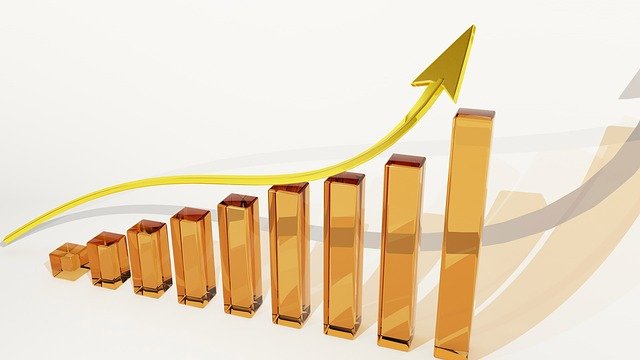
Added value is the economic value that, when modified, adds to a certain good.
The idea of added value is used in the field of accounting , finance and economics . One of the meanings of the concept refers to the economic value that a good gains when it is modified within the framework of the production process.
This means that, in one context, added value is the economic value that the production process adds to a good. Suppose that a table made of natural pine wood, without any treatment, has a selling price of $200 . If an antibacterial product is applied to said table and it is varnished, its selling price becomes $280 . The value added by this process , therefore, is $80 .
Add added value
Beyond this simple example, technology and industrial processes are usually the tools that add the most value to a good. Therefore, for a country's economy, the ideal is for there to be advanced industries capable of transforming raw materials to generate more added value. If a nation only sells raw materials, it will create little value.
For accounting, added value is the difference between the cost of production and the market price . An automotive manufacturer spends 15,000 pesos to produce a vehicle that later, in the market, sells for 32,000 . The added value for the company is 17,000 pesos per car. It must be taken into account that these examples are only theoretical, since there are other factors that affect prices (such as taxes, for example).

Added value can be understood as the difference between the production cost and the sales price of an item.
VAT
The Value Added Tax (known by the acronym VAT ) is a tax that is applied to consumption: the buyer pays it when purchasing a product. It is an indirect tax since the buyer does not pay it to the treasury, but rather it is the seller who receives the money from the buyer and must then pay it to the State .
It is worth mentioning that the concept of added value is also known as added value , and the only difference usually refers to regional issues. However, the latter is more common to talk about high added value , a characteristic of those activities that can make a product rarer.
High added value
When high added value is mentioned in the field of politics or journalism, the objective is to refer to everything that leads consumers to desire a particular product more than its alternatives. On the other hand, from the point of view of manufacturers, high added value reduces production costs .
An item in this group may meet a need that no other item can, or even "create" one or more that consumers were not aware of having. High added value, in short, is typical of any product that is synonymous with innovation, especially when new technologies are used for its production and when it includes them to provide unusual benefits .
It is not difficult to recognize the high added value in a product, since it is generally evident in its design , in the way in which it is advertised, in the options it offers to its users and even in its price , which is usually very competitive.
Facing the competition
To obtain a greater relative profit than the competition, a company has several options, such as the following:
* offering exactly the same thing at a lower price, so as to jeopardize the permanence of other companies in the market, thanks to the combination of a large sales volume and a lower than normal production cost ;
* presenting a new need to consumers, sometimes also eliminating another.
